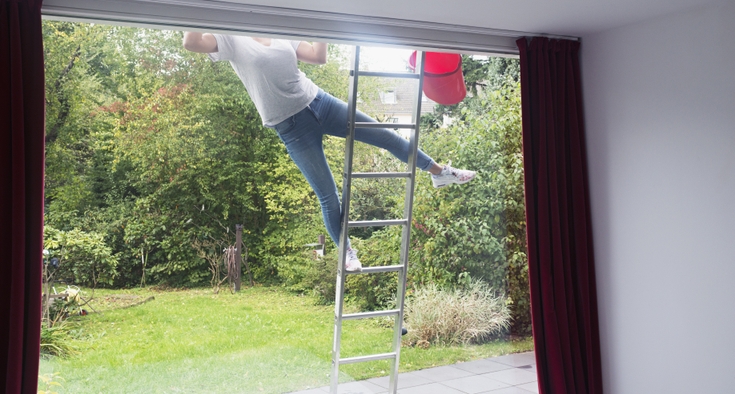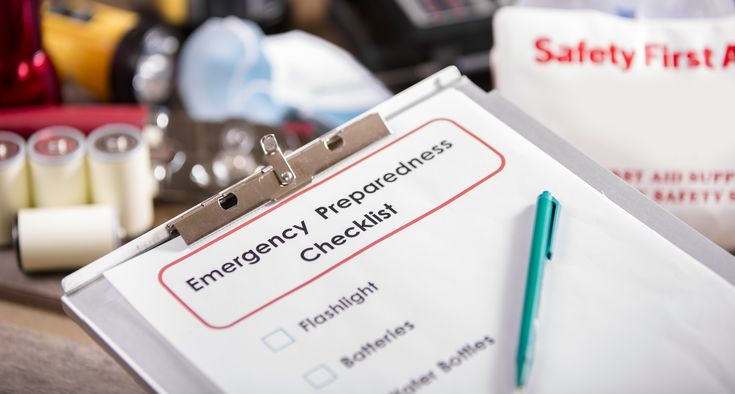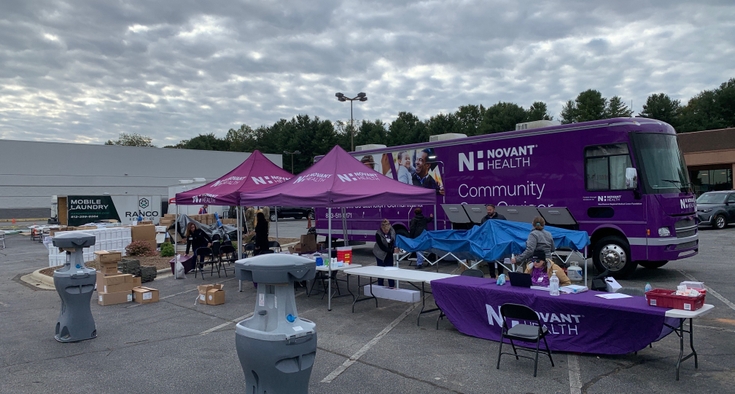Picking up the pieces after a hurricane can be fraught with danger. It doesn’t take much to hurt yourself in the race to repair your home or clean up your yard.
These post-storm hazards and health risks are what the Federal Emergency Management Agency (FEMA) calls a “second wave” of injuries and deaths, with chain saw-related incidents and falls from ladders among the most common.
Sometimes it’s best to hire help rather than tackle cleanup yourself. But if you’re determined to take on certain duties, there are ways to do so safely after a hurricane or other natural disaster.
Find the care that's right for you.
Getting rid of mold
One of the worst things about mold? You often can’t see it. It festers in hidden wet spots behind walls and beneath floors, which is why it’s paramount to immediately dry out your home if there’s any flooding or other water damage. Mold begins growing right away, so ventilation is the key first step toward eliminating it.
If standing water is unavoidable when you enter your home, contact an electrician to shut off the main power. Then immediately begin airing out by opening all windows and doors, including closets, kitchen cabinets and the bathroom vanity. Once it’s safe to use electricity, fans and dehumidifiers can circulate air and wick moisture.
In many cases it’s best to contact professionals to remove mold and address any roof or wall leaks. You should avoid cleaning if you suffer from allergies, infections or respiratory conditions like chronic lung disease or asthma. Mold can cause coughing and wheezing, so it’s worth seeing an allergist first to rule out any reactions you and your family might experience.
Best doctors. Amazing nurses. Remarkable care.
Before scrubbing away mold yourself, wear gear to protect your face and skin. This includes an N95 mask, goggles, rubber gloves, long pants and boots. Common household cleaners can kill mold, but never mix bleach with ammonia. Most importantly, never stay in the home with mold present.
Removing debris
While it’s common sense to avoid burning on dry, windy days, check local regulations before addressing debris on your property. Officials generally advise burning in small piles no taller or wider than 3 feet. And never walk away from a burning pile. There are organizations you can call to clear and remove your debris, including Team Rubicon and Crisis Cleanup. Public utility authorities also coordinate debris removal schedules following natural disasters, so if you receive waste-removal services in your neighborhood, check with your public utility authority for a waste-pickup schedule.
Soft, muddy ground is another hidden hazard we often don’t consider. So if you must cut back tree limbs, don’t climb a ladder without supervision. And if you’ve never used a chain saw, it’s best to contact a professional. Otherwise, wear a hard hat and protection for your eyes and ears, and never raise a chain saw above your waist or cut near power lines.
Addressing power lines and other hazards
Always assume that a downed power line is live, and never go near it. Immediately report it to your utility company, and in the meantime avoid cutting or removing debris from it.
Other outside hazards to consider are wild, stray and dead animals, which should be reported to your health department. Regularly wash your hands, and wear insect repellent with DEET to protect yourself from mosquitoes and other pests.
Standing water can contain sewage and bacteria following a severe storm, so wear proper boots and protective clothing during cleanup, and avoid wading in standing water.











